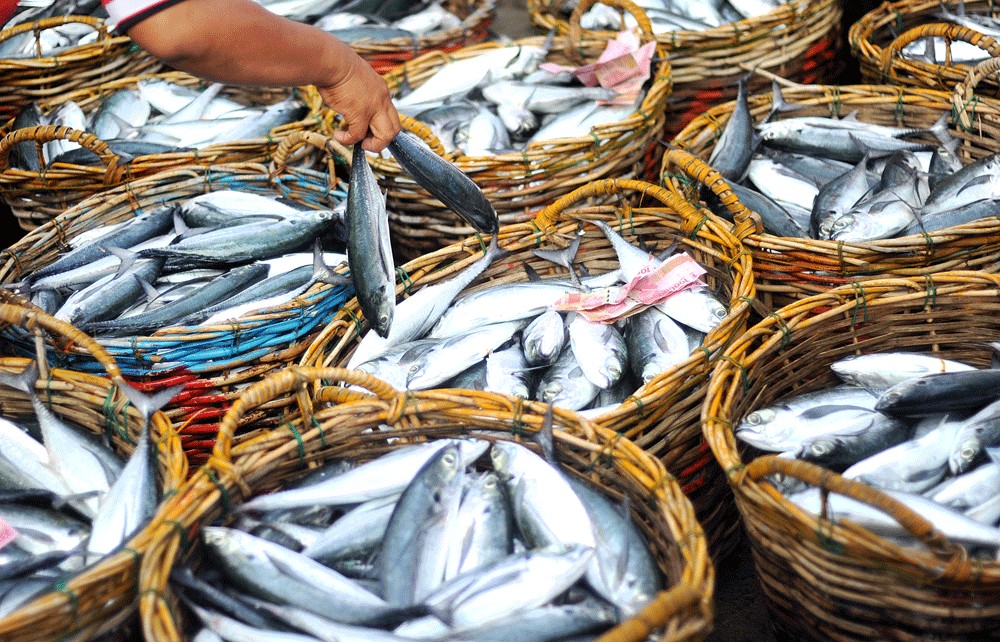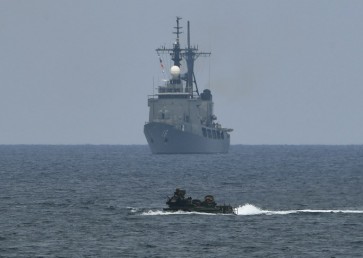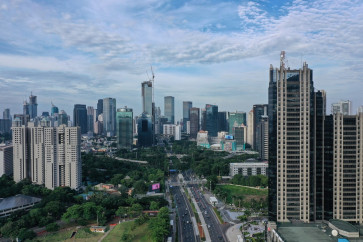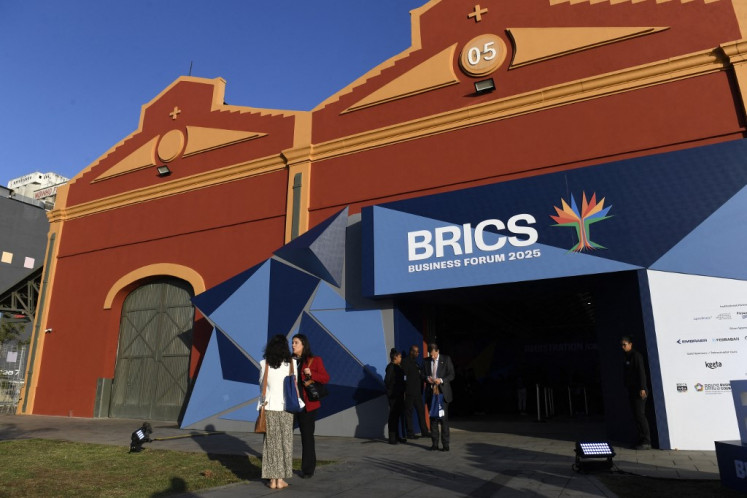Popular Reads
Top Results
Can't find what you're looking for?
View all search resultsPopular Reads
Top Results
Can't find what you're looking for?
View all search resultsFisheries drive growth in cold storage capacity
Industry warns of rising installation costs.
Change text size
Gift Premium Articles
to Anyone
T
he number of cold storage installations for the fishery sector is set to rise rapidly this year on increasing online orders for cool delivery and improving seafood production, but industry players need to anticipate rising installation costs.
Cold Storage Association (ARPI) chairman Hasanuddin Yasni expects 32,000 tons of cold storage to be installed this year, up 50 percent from last year’s capacity increase, as the industry expands to accommodate growing production in the marine products and fishery sector.
“New players that provide mini-middle cold storage have begun to emerge. This group is expected to provide 200 tons to 600 tons of cold storage,” Hasanuddin told The Jakarta Post on Thursday, adding that 60 percent of cold storage used in the fishery sector was for export purposes while the remaining 40 percent was used as a storage system to supply the domestic seafood processing industry.
The tonnage of cold storage capacity is calculated by multiplying the volume of a facility with the facility’s utilization factor and the weight of products stored there.
Despite the expected strong growth, Hasanuddin warned stakeholders in the cold chain industry to anticipate an average 10 percent increase in storage installation fees as current developments had sent up container shipping costs.
“The ongoing [Russia-Ukraine] conflict affects the supply chain for imported goods in cold storage installations,” he said.
Indonesia posted a 21.63 percent year-on-year (yoy) increase in fish product exports in the January-March period as shipments rose to US$1.53 billion, according to Statistics Indonesia (BPS) data.
The United States, China and Japan top the list of importers, with exports to these destinations valued at $727.27 million, $214.39 million and $151.62 million, respectively.
Read also: Melbourne Seafood Distributors to sell fish fillet from Indonesia’s ASHA
Concurring with Hasanuddin, Setijadi, chairman of logistics consulting firm Supply Chain Indonesia, noted that an increase in cold storage installation fees would be a challenge particularly for Indonesia, where logistics infrastructure to connect production, distribution and consumption centers was “not efficient yet”.
“Limited infrastructure and logistics service providers also remain a challenge in the fishery sector. Increasing the use of technology is vital [to improve] the upstream and downstream logistics for fishery commodities,” Setijadi told the Post, also on Thursday.
The government has long made efforts to reduce stubbornly high logistics costs in the country and reduce price disparities among the archipelago’s many islands. Nationwide logistics costs stand at almost 24 percent of the country’s GDP, according to a World Bank report from 2018, the highest among ASEAN countries.
ARPI’s Hasanuddin suggested that the government gradually encourage solar panels and battery technology for cold storage in areas where electricity supply was limited to help keep seafood fresh from the upstream to downstream of the supply chain, as done in several European and Asia Pacific countries.
“Considering seasonal catches and cultivation products located outside residential areas, portable mini storage is also necessary,” he said.
A 2020 Food and Agriculture Organization (FAO) report ranked Indonesia the second-largest country in marine fishing, after China, with a total capture of 6.74 million tons in 2018. But Indonesia was not among the 10 largest exporters of fish and fish products, a list topped by China with $21.6 billion in 2018, followed by Norway, Vietnam and India with $12 billion, $8.8 billion and $7 billion, respectively.
Read also: Shipment, cold storage issues hamper fishery product distribution
“The main problem of fish processing units in Indonesia is the shortage of raw materials, which has driven prices up and weakened the competitiveness of processed fishery products [vis-à-vis products from other] countries,” Budhi Wibowo, chairman of the Indonesian Fisheries Product Processing and Marketing Association (AP5I), said in a text message on Thursday.
Despite the overall improvement in fisheries exports in the first quarter of this year, Indonesia posted a 5.6 percent decrease yoy in fresh fish exports in 2021 to $118.66 million, down from $125.78 million in 2020, according to BPS data.
The country recorded 55.32 thousand tons of fresh fish exports last year, with Malaysia, Singapore and China being the main importers at 55.7 percent, 27.56 percent and 5.68 percent, respectively.










